The Snowy Mountains have a rich history and attract millions of people to their slopes every year
MANY Australians head to the Snowy Mountains for winter but what they may not realise is that aboriginal peoples have been heading to the region for millennia.
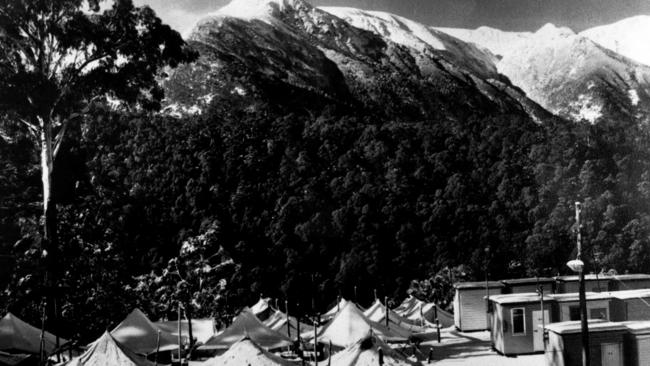
NSW
Don't miss out on the headlines from NSW. Followed categories will be added to My News.
WHEN winter comes to Australia many people go north for their holidays to seek warmer climes, but thousands also head toward the coldest part of Australia to enjoy the snow.
The Snowy Mountains have drawn people to their slopes for thousands of years, while today many enjoy the snow in ages past indigenous people gathered there for feasts.
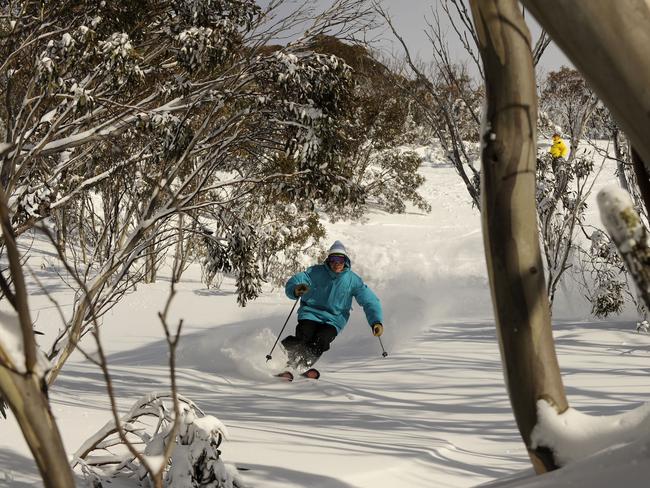
The hydro electric scheme, built by local and migrant labour using Australian engineering know-how made the Snowies famous worldwide.
The Snowies are also renowned for the natural beauty of the environment at all times of the year, but over the years there have been threats to this magnificent part of the world.
THE Ngarigo speaking people had been the traditional occupants of the Snowy Mountains region for around 20,000 years before Europeans arrived.
There is evidence of camp sites, stone toolmaking workshops and burial sites.
The isolation of the Ngarigo protected them for years from diseases that devastated other tribes.
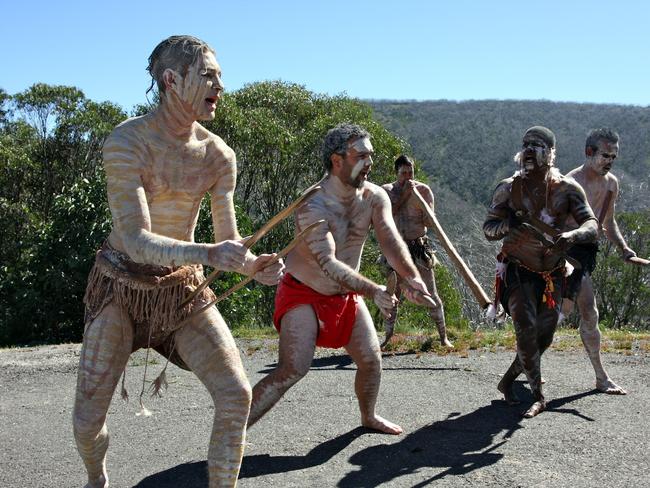
When they were first encountered by Europeans in the 19th century, the Ngarigo showed none of the ravages of smallpox that blighted other indigenous people.
However, after contact with the Europeans, many Ngarigo were wiped out by diseases such as influenza.
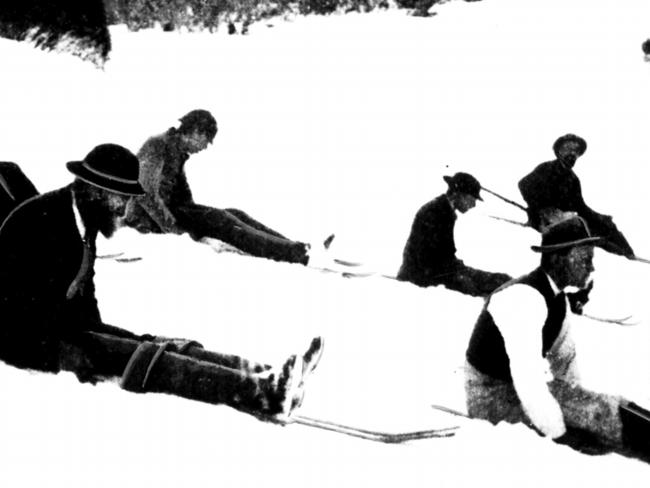
THE first Europeans explored the Snowy Mountains in the early 1800s, often aided by Ngarigo people who knew the best trails.
Pastoralists looking for land on which to graze sheep entered the Monaro tablelands in the 1820s.
They squatted on the land and by 1837 there were around 1500 non-indigenous people in the region.
Roughly built settlers huts offered little protection from the snow in winter, and heat and flies in summer.

The first ski club was established in Kiandra in 1861, a town that flourished briefly after gold was discovered there in 1859.
As roads were often impassable in winter, “snow shoeing” or “ski running” became a method of getting around.
People began to treat this as a sport, which was the beginning of the ski tourism industry in the area.
In the 20th century conservationists, bushwalkers and scientists campaigned for the preservation of the Snowy area, with the Kosciuszko State Park being established in 1944 and renamed Kosciuszko National Park in 1967.
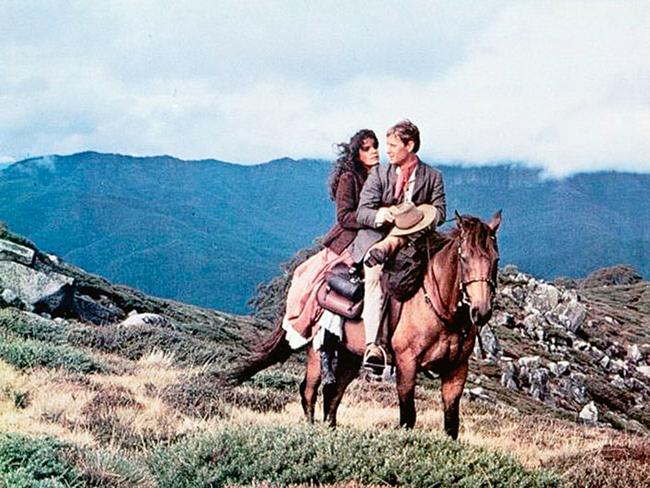
LAWYER, journalist and poet Andrew Barton “Banjo” Paterson (1864-1941) wrote perhaps the most famous work set in the Snowies, called The Man from Snowy River.
First published in 1895 it tells of a valuable colt (young horse) that escapes into the wild to run with the wild bush brumbies.
A reward is offered for the colt’s return, so a group of experienced horsemen gather to find it.
Among them is a young fellow from Snowy River atop a “small and weedy” mountain pony whose skills amaze the other riders.
Some people believe that “The Man” was Jack Riley from Corryong, although others believe he was a composite character from a number of people Paterson met.
Each year festivals are held commemorating the events of the poem.
Paterson’s poems remain in print, and The Man from Snowy River later became a film and a TV series.
Elyne Mitchell also immortalised the mountains a series of novels beginning with The Silver Brumby (1958).
The novels take us inside the mind and culture of the bush brumbies and they also inspired a film and TV series.
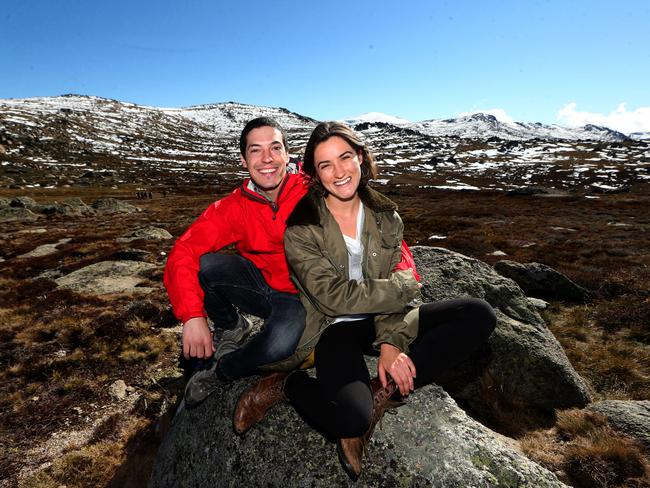
MUCH of the tourism in the Snowy Mountains focuses around ski resorts at Thredbo, Perisher Blue, Charlotte Pass and Selwyn, all within the Kosciuszko National Park.
About three million people visit the park each year and some 30,000 trek to the top of Mount Kosciuszko.
Many visitors travel to the region to escape the heat of the coast in Summer, when maximum temperatures reach about 21C.
Visitors come for mountain bike riding, bushwalking, trout fishing, wildflower tours and sightseeing.
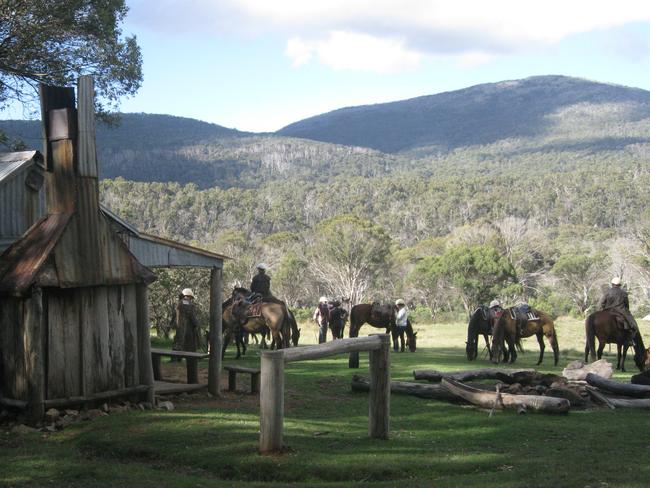
AT 690,000ha, Kosciuszko is one of Australia’s largest national parks.
It has camping grounds throughout, many can be reached in a normal car, although some are only accessible by all-terrain vehicles.
There are toilets and fireplaces, some spaces for caravans, trailers and tents.
Due to bushfire risks, wood fires are banned in many areas of the park and there are heavy fines for leaving fires unattended.
Campers are also asked not to feed wildlife at it develops scavenging behaviour in the animals.
Campers can go walking, sightseeing from lookouts, fishing, swimming, horse riding, sailing, boating, bird watching and cross-country skiing.

THE Snowy River starts at Mount Kosciuszko at 2200m and flows for 352km through NSW and Victoria to Bass Strait.
For many years, the Snowy HydroElectric Scheme reduced the flow of the river to less than 1 per cent of its natural flow, the rest of the water was diverted or stored.
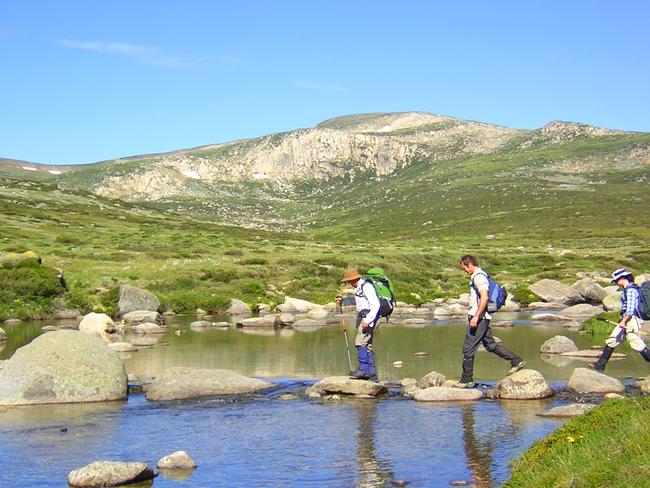
This had an impact on the health of the river system and the flora and fauna reliant upon it.
Over the past few years environmental water releases from the HydroElectric Scheme dams have restored some of the health of the river, but there has been controversy over finding the balance between environmental concerns and maintaining levels of hydro electric power.
THE diversion of the Snowy River and the flooding of some areas for the Snowy River HydroElectric Scheme has had a major impact on the wildlife in the area along with introduced species and development.
Fauna in the Snowy region includes wallabies, wombats, squirrel gliders, possums including pygmy varieties, the spotted-tail quoll and platypus.
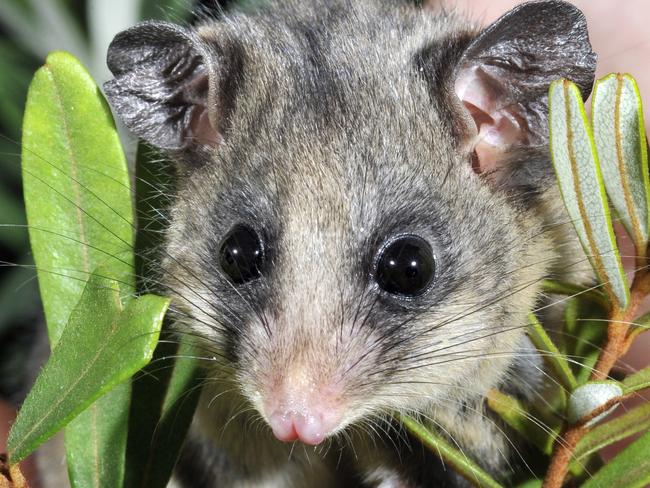
Many hibernate during the winter months and mostly keep hidden or only prowl at night in warmer seasons.
Among the species considered endangered is the mouse-sized mountain pygmy possum, which was once thought to be extinct but was rediscovered in 1966.
Other endangered species include the eastern quoll, smoky mouse and swift parrot.
There are also many plant species endangered including the small snake orchid (Diuris pedunculata).
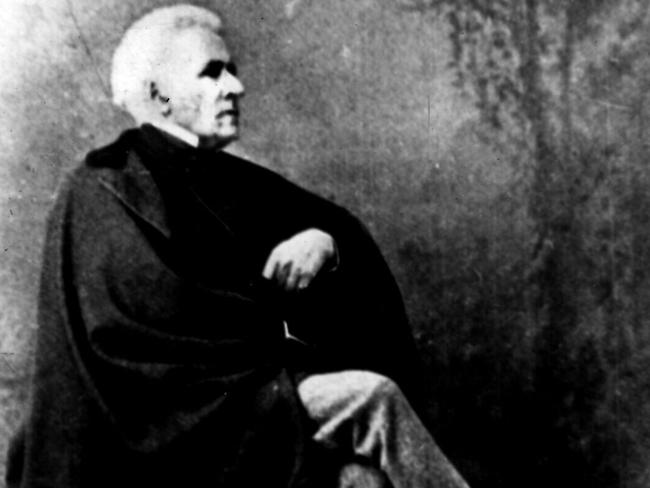
IN 1840, Polish explorer Paul Edmund de Strzelecki became the first European known to have climbed to the top of Australia’s highest peak. He named it Mount Kosciuszko after a great Polish general, Tadeusz Kosciuszko (1746-1817).

LOCATED in southeast NSW, the Snowy Mountains are the highest point of the Great Dividing Range. Most of the area is in Kosciuszko National Park. At 2228m, Mt Kosciuszko is the highest peak in Australia.
The Snowy is Australia’s highest landscape region with many elevated plateaus.
Straddling the Great Dividing Range, it had many steep slopes, gullies, glacial lakes and valleys. Erosion, glaciation, faulting and folding have changed and formed the landscape. It has the largest alpine area in the country, with snow above 1600m from July to November. Below 1600m, the climate supports the growth of native forests.
The temperatures range on average from -6C to 21C.
More than half of the 250sq km of alpine habitat in Australia falls inside the boundaries of the Snowy region. The area near Mount Kosciuszko was the only part of Australia covered by glaciers during the most recent ice age. Glaciers gouged 13 cirques or amphitheatre-like valleys, four of which permanently filled with water and are known as glacial lakes.
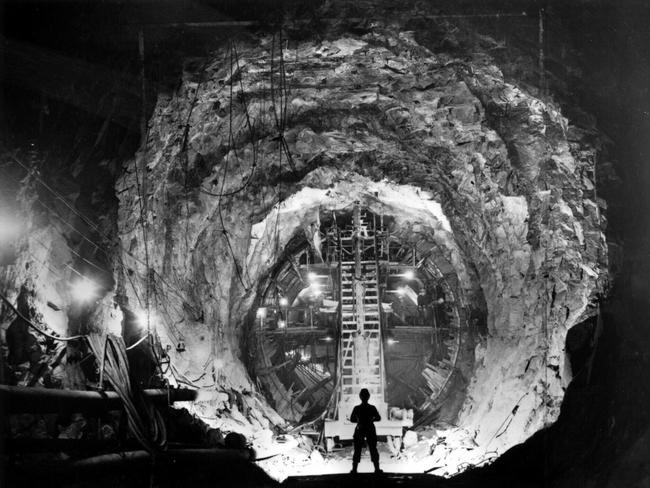
IN 1946 a scheme was announced to make electricity by harvesting the water flowing from melting snow and the high rainfall in the mountains.
The Snowy Mountains scheme was an ambitious plan to build 16 dams, seven power stations, a pumping station, 145km of tunnels and 80km of aqueducts.
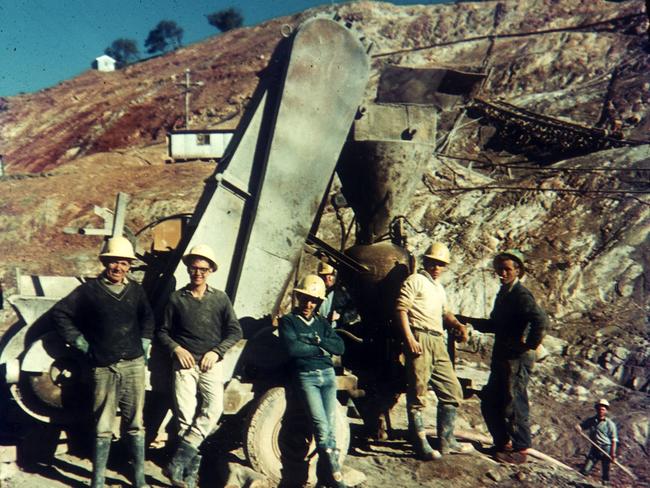
It would cover 5124sq km, with 98 per cent of the project being built underground.
Construction began in 1949 and it was completed in 1974.
During that time some 100,000 people from 30 countries worked on the project and 70 per cent of whom were migrants.
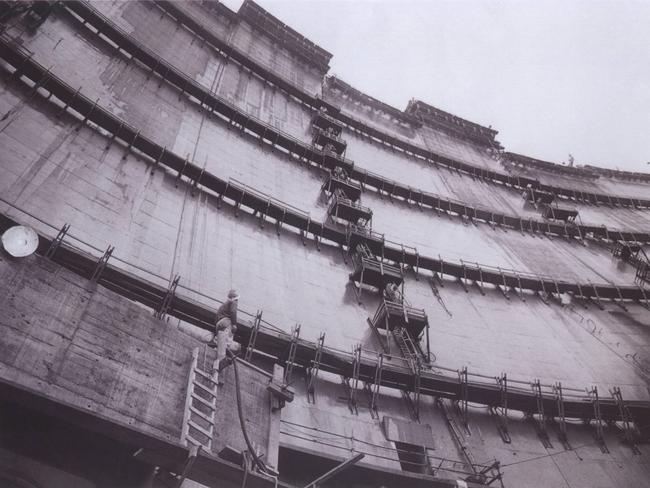
Up to 7000 people were employed on the scheme at any one time. The final cost was $820 million.
The Snowy Mountains scheme provides power to NSW, Victoria and South Australia and water to pastoralists in the region, with Lake Eucumbene holding seven times the amount of water held in Sydney Harbour.

• The lowest temperature ever recorded in Australia was minus 23.0°C recorded at Charlotte Pass in the Snowy Mountains on 29 June 1994.
• For centuries in the spring, many other people including the Wolgal, Ngunawal and Yuin from regions neighbouring the Snowy area would journey to the mountains to feast on the bogong moths that flew there to escape the heat.
The Aboriginal people roasted bogong moths on stone hotplates. The moths are said to taste like chestnuts.
• The wild horses or bush brumbies introduced to the Snowy Mountains are considered by some people to be an environmental menace while others say that the numbers are relatively small and believe that the horses are an important part of Australia’s heritage.
BOOKS:
Discoverers Of The Snowy Mountains by Elyne Mitchell (Macmillan)
The Complete Poems Of Banjo Paterson (HarperCollins)
On the Trail of the Silver Brumby by Elyne Mitchell (HarperCollins)
WEBSITES:
Snowy Hydro Scheme
snowyhydro.com.au
Geoscience: The Earth, Mt Kosciuszko
amonline.net.au/geoscience/earth/kosciuszko.htm
Snowy Mountains
snowymountains.com.au


